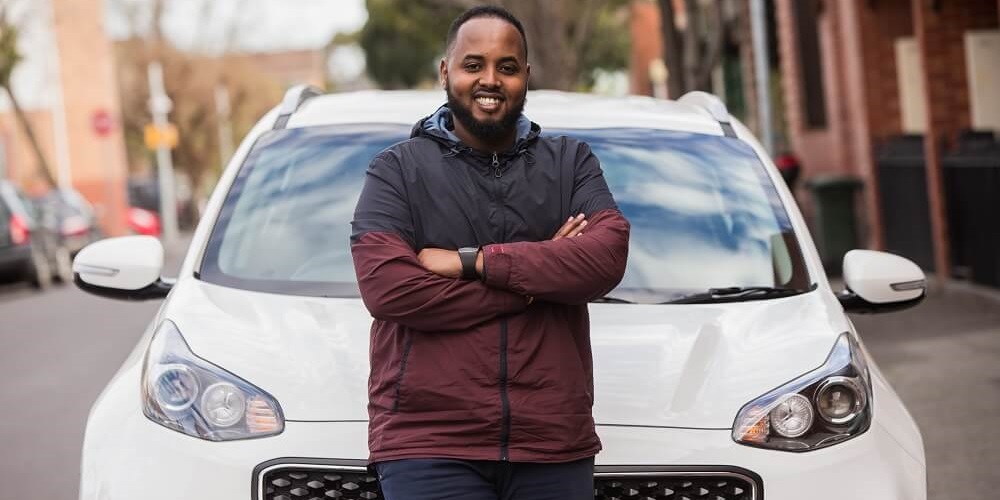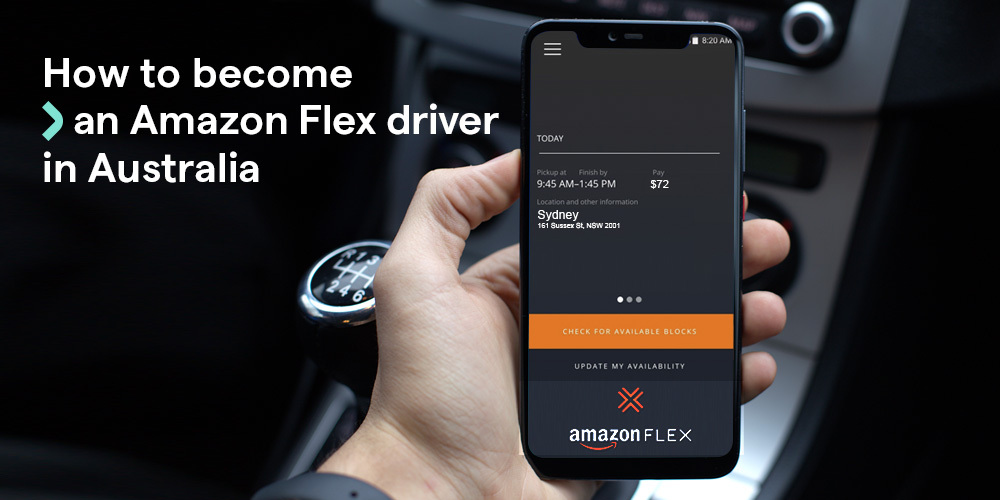Owning and using a car is becoming increasingly expensive, due to the economical situation and rising fuel prices. This is why now’s time to seriously consider making the switch to an electric vehicle.
Rideshare apps, such as Uber, have committed to reducing their service fee by 50% until June 2025 for electric cars registered on their platform to support drivers to upgrade and earn even more. The Uber service fee reduction is capped at $3,500 per year. Check Uber website for full terms and conditions.
IMPORTANT: The first 500 Splend customers in NSW to register a Premium EV on the Uber platform are eligible for service fee reduction up to $6,000 per year.
If you’re still on the fence about whether an electric car is really worth it, we’re here to bust a few common misconceptions about what it means to live with one, especially as a rideshare driver.
Myth #1 – EVs are too expensive for Uber
If you want to pay upfront, that might be the case. However, if you consider the bigger context, it’s definitely more affordable to own an electric car:
- Incentives provided by rideshare platforms like Uber and their partners make it even smarter to own an electric car. As a rideshare driver, you spend less on commission and earn more money on rides
- Consistent savings on fuel costs
- Less maintenance: no more oil changes, filters, flywheels, or the entire ignition and exhaust system.
Myth #2 – EVs have high running costs
Contrary to popular belief, electric cars are less expensive in the long run than internal combustion engine cars. Fewer moving parts mean less maintenance, and with current fuel prices, you actually save significantly.
Here’s a simple comparison, based on a weekly travel distance of 1000 km, using average fuel and electric charging prices as of April 2022:
- Cost of petrol for a Kia Sportage: $170 per week (85l/1000 km x $2 per liter)
- Cost of charging a Polestar 2 Long Range EV: $45 per week (78 kWh for 550 km range x $0.31 per kWh)
Myth #3 – Home chargers are expensive
The most convenient way to charge an electric car is at home, and it takes anywhere from approximately 8 hours depending on battery size. You can charge your car during the night, using a normal 240V socket, so it’s ready to go the next day. You can also have a charger installed at your home specifically for your car at an average cost between $1000-2500, which is a small investment compared to what you’ll be saving.
TIP: Splend has partnered with JET charge to give our NSW customers an exclusive offer to install a home charger for just a $33 monthly subscription and an upfront installation cost of $858.
Myth #4 – There aren’t enough charging stations if you drive Uber
If you don’t have the option to charge your EV at home, there’s still good news. There is a growing network of electric charging stations and new ones are continuously being installed all over Australia.
How many EV charging points are there in Australia?
According to a report by The Guardian, there are over 3700 public charge points across Australia, with new ones being installed every month. Although not as cost-effective as home charging, it’s still much cheaper than filling up with petrol or diesel.
DID YOU KNOW? New South Wales has the most AC charging points – 836, followed by Victoria with 607, and Queensland with 402.



Myth #5: You have to charge an EV every day for Uber
Most new electric cars have at least a 250-km range with a full battery, and several models go 450-500 km or more on a single charge. The Polestar 2 Long Range, for example, can travel an impressive 550 km distance on a single charge.
Unlike traditional cars, EVs thrive in the city. Because of how they’re built, regenerative braking, for example, actually charges the battery, so you can drive more in the city than on a motorway. Of course, it depends a lot on the make and model, as well as your driving style, but most modern electric cars go more than one full day of Uber driving.
Myth #6 – EV batteries don’t last and they lose their range
EV batteries have proven to be more robust than initially thought. A recent study by Kia found that battery packs installed in the Soul models have lost just over 1% of their total battery capacity on average over three years.
Most electric cars come with a battery warranty of 10 years or 160.000 km, and replacement costs are comparable to that of swapping the clutch on a petrol car. And, as technology is progressing, batteries become less and less expensive to replace, when needed.
Myth #7 – EVs take too long to charge for Uber drivers
Home charging is indeed slower and can take up at least 8 hours to fully charge a car, when using a standard 240V wall socket. However, installing a dedicated home-charging unit will speed up this process, while being the cheapest and most convenient way to charge your car. A DC home charging unit can add between 40 and 100 km range per hour to your EV, depending on your car model.
TIP: For quick charges between Uber trips, you can use a public DC charging station, which gives you an 80% range in just over half an hour – the same as your smartphone.
Myth #8 – EV cars are slower than petrol cars
EVs don’t have gearboxes, because they can produce maximum torque at all revs. This means instant, rapid acceleration without losing momentum and wasting energy between gear changes.
Most electric cars outperform the equivalent petrol car from 0-100 km easily. Overall, it means you can provide your Uber riders with a smoother trip in an EV.
Myth #9 – EVs are worse for the environment than petrol cars
The common argument made against electric cars is that manufacturing and disposing of car batteries harms the planet. Another concern is that generating electricity also has a carbon footprint.
So EVs are not as clean as they’re being advertised. Not 100% harmless in any case.
However, electric cars are in fact 5 to 6 times more energy-efficient than internal combustion cars and consume 25% the amount of energy by comparison.
This means that the total amount of energy consumed in transport is considerably less than what it is now.
Myth #10 – The power grid won’t be able to sustain charging so many EVs
While the global electric power system is indeed undergoing an unprecedented change, it’s still constantly being developed in parallel.
According to modeling using real Australian data, the current grid is perfectly able to sustain up to 80% change to EVs. At the same time, the grid is continuously being developed and improved, while changes happen gradually. At the same time, the newly-built capacity will most likely involve more power resources, such as wind or solar power.
About Splend
We enable people to make money by driving for on-demand apps such as Uber.
We’re more than a car subscription provider. In addition to new-model cars and all the essentials to start earning money with Uber as quickly as possible, our customers enjoy driver training and dedicated support, as well as customer benefits such as partner discounts and exclusive events.
For more information about Splend, make an appointment and drop by to your local Splend Hub, email us, or say hello on 1800 775 363.






